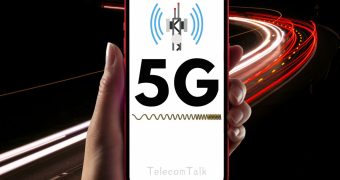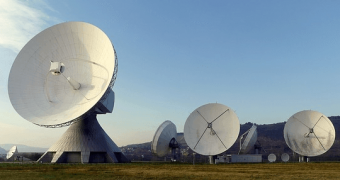
Global technology companies have renewed their appeal to the Department of Telecommunications (DoT) to delicense the 6 GHz spectrum band (5925–7125 MHz), warning that policy delays are resulting in an estimated annual economic loss of Rs 12.7 lakh crore to the Indian exchequer.
Also Read: COAI Backs GSMA’s Call for 6 GHz Spectrum Allocation in India
Critical Applications at Stake
In a letter dated April 11 to Communications Minister Jyotiraditya Scindia, industry body Broadband India Forum (BIF) — whose members include Meta, Google, Amazon, Microsoft, Cisco, and satellite firms such as OneWeb, Hughes, and Inmarsat — argued that the globally adopted frequency band is essential for enabling next-generation digital applications, including AR/VR headsets, smart glasses, and Wi-Fi 6E/7-compatible devices, ETTelecom reported.
BIF reportedly highlighted that the frequency is critical for gadgets such as Meta Ray-Ban Smart Glasses, the Sony PS5, and AR/VR headsets.
Also Read: GSMA Urges India’s DoT to Include 6GHz Band in Next Spectrum Auction: Report
Policy Inertia Hampers Device Potential
BIF noted that over 84 countries have already opened part or all of the 6 GHz band for unlicensed use, while India risks lagging behind due to regulatory inertia. "The ecosystem is already ready; what's missing is policy clarity," BIF president T V Ramachandran said in the letter, according to the report.
BIF reportedly pointed out that routers and consumer devices such as Wi-Fi 6E/7 gadgets and AR/VR headsets already support the band globally but remain underutilised domestically due to policy inertia. It argued that more than 80 percent of internet data in India is consumed indoors where 5G in the 3.5 GHz band faces issues such as reduction in signal strength and, therefore, Wi-Fi 6E/7 in the 6 GHz band is the only scalable, cost-effective solution.
Spectrum Auction Plans Spark Controversy
The government, in January, indicated its intent to auction the 6 GHz band to telecom operators instead of making it available for license-exempt use. The move was supported by the GSMA, which has urged the DoT to include the band in the upcoming spectrum auctions. However, BIF has called for a reconsideration, citing significant strategic and economic implications, TelecomTalk previously reported.
Also Read: What Did COAI and Broadband India Forum Say About Spectrum Refarming?
Economic Value of 6 GHz Band Delicensing
According to a study by Columbia University's Raul L Katz, commissioned by the Dynamic Spectrum Alliance, delicensing the full 6 GHz band could generate a cumulative economic value of USD 4.03 trillion (Rs 34.25 lakh crore) through productivity gains, consumer surplus, and mobile network cost savings from Wi-Fi offload and fixed wireless broadband, BIF said, as per the report. The US Federal Communications Commission (FCC) has projected over USD 150 billion in economic benefits over a decade from opening the 6 GHz band.
Also Read: Cabinet Approves Spectrum Refarming for 5G and Future 6G Services: Report
The BIF forum has requested an urgent meeting with the minister and urged that India open at least 660 MHz of the band — following Australia's model — to enable two simultaneous 320 MHz channels, a technical requirement for high-throughput applications.
BIF termed the move a "non-negotiable national priority," underscoring the urgency for India to align with global standards and accelerate its digital infrastructure roadmap.















